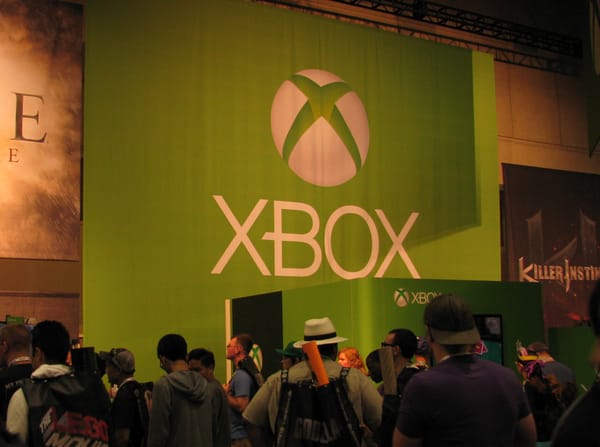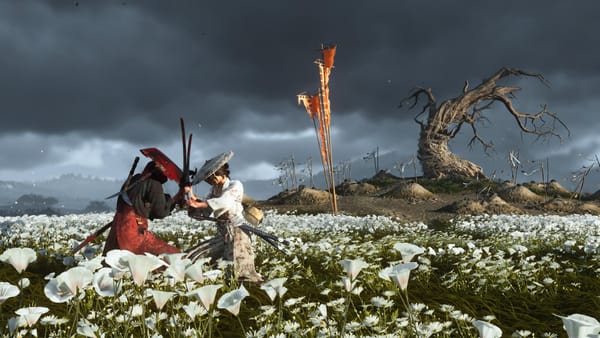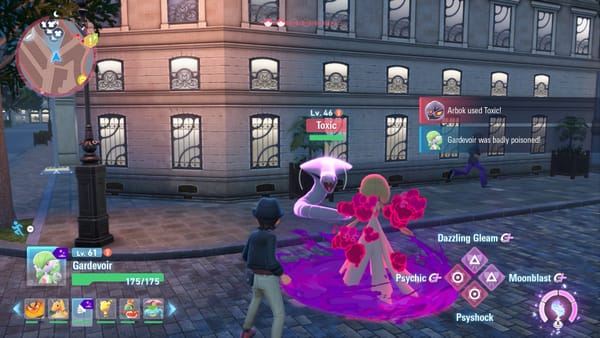Pokémon GO is the ultimate social game
No matter how much you read about Pokémon Go, you won’t be prepared for its impact when it lands.

No matter how much you read about Pokémon GO, you cannot prepare yourself for the impact it will have when it’s released in your area.
This tweet was sent two hours after the game went live in Hong Kong:

TWO HOURS.
After work, I walked through Victoria Park looking for Pokémon. I wasn’t alone: I found players, everywhere, at 2am on a Monday night.
Contrary to the common image of smartphone gamers, most of them weren’t just staring at their phones. Many were walking in groups, chatting, laughing, jumping with joy when they managed to catch something good. And all of them were happy to talk to strangers, sharing advice and showing off their spoils.
Hong Kong is not always the friendliest city, but today, it was.
Pokémon GO is not a perfect game. It’s certainly nowhere near as deep as the original games; where those games demanded a degree of strategy, Pokémon GO’s gym battles are fought with wild taps and swipes. It’s easy to dismiss it as basic. But that overlooks how clever Pokémon GO is at creating a social experience.
Catching Pokémon on your smartphone is not a zero-sum game. If I catch that Pikachu lurking around my office, it doesn’t remove it from the game’s world — my co-workers can catch it too. This means the appearance of a rare Pokémon isn’t a secret to hoard. It’s good news to share!
Combine that with the actual mechanics of catching a Pokémon: Not difficult, but not easy, either. There’s just enough skill involved that you have to pay attention; there’s just enough luck involved that the outcome is not guaranteed; and there’s just enough suspense in the classic “rocks once, twice, three times” capture animation that when you do catch a tough Pokémon, celebrating your success is justified.
Crucially, all of this interaction with other players takes place away from your smartphone. The only sign of other players in the game itself is their name and avatar appearing when you tap on a gym; they take no direct part in battle, and there’s no way to contact them through the game. If you want to speak to another player, you have to actually speak to them.
Judging by what I’ve seen so far, players are not shy about speaking to each other.
It doesn’t matter who you are. It doesn’t matter if you don’t speak the same language. This is a uniquely social experience, one that I can’t say I’ve ever had in a game before. People aren’t just having fun, they’re having fun together.
Pokémon games have been around for twenty years. Yet despite the incredible leaps in technology since 1996, the main series of Pokémon games haven’t really changed at all. The basic structure of Pokémon X & Y is identical to Pokémon Red & Blue.
All of the games are set in a world where it is totally normal (encouraged, even) for children to leave home at the age of ten and embark on a quest to be the very best, like no one ever was. And that’s fine, because that world revolves entirely around Pokémon.
Schoolchildren, hikers, scientists, swimmers, waiters: The games are filled with an assortment of people who will happily stop you to talk about Pokémon (and challenge you to a battle).
This is what it felt like in Hong Kong’s Victoria Park.
Hold your phone up to a Pokémon GO player to show that you’re also playing, and they’ll respond with a big smile and plenty of questions. Catch anything good? What level are you? Seen this Pokémon around?
For twenty years, the games depicted a world where everyone is a Pokémon trainer. Somehow, Pokémon GO made this a reality.





